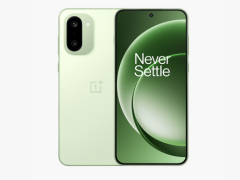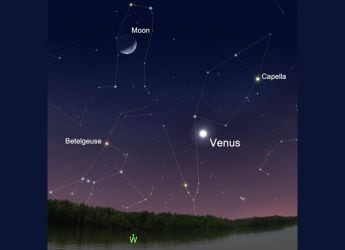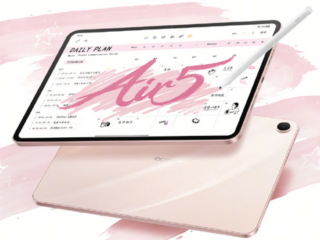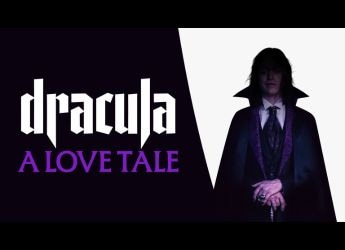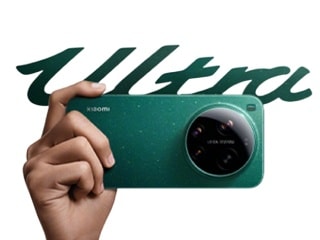- Home
- Science
- Science News
- Hubble Unveils Galactic ‘Cotton Candy’ in the Large Magellanic Cloud
Hubble Unveils Galactic ‘Cotton Candy’ in the Large Magellanic Cloud
Hubble’s dazzling new image reveals colorful gas and dust clouds in the LMC. Using five filters, it maps stellar nurseries and shows how massive stars shape galaxies.

Photo Credit: ESA/Hubble & NASA, C. Murray
Hubble unveils galactic 'cotton candy' in the Large Magellanic Cloud
Hubble's latest view reveals a jewel-like cloudscape of gas and dust in the Large Magellanic Cloud (LMC), a dwarf galaxy about 160,000 light-years from Earth. This Milky Way companion is our galaxy's largest satellite, and its active stellar nurseries glow in intricate pastel filaments. The wispy tendrils in the image have been likened to brightly colored “cotton candy” because of their pink, blue and green hues. Astronomers use scenes like this to probe star formation and dust. By tracing where dust hides newborn stars, Hubble's sharp view reveals the structure of stellar nurseries in this nearby galaxy.
Galactic Cotton Candy: Nebula and Stars
According to NASA's official site, this rich nebula was imaged with Hubble's Wide Field Camera 3 (WFC3) using five different filters, including ultraviolet and infrared bands. Each filter isolates a range of wavelengths, so the composite image highlights different components of the cloud. Bright regions mark hot young stars lighting up gas, while darker filaments are cooler dust clouds blocking light.
In effect, the image maps the interplay of stars and gas: astronomers see how massive stars sculpt the nebula, triggering new generations of star birth in the gas and dust. The vivid patterns of emission and absorption trace the LMC's galactic structure, helping researchers study how its interstellar medium fuels star formation.
Beyond the Visible: Filters and False Color
Hubble's technicians assigned colors to the filtered data to make the invisible visible. Visible-light filters use their natural hues, while ultraviolet light is shown as blue/violet and infrared as red. In this five-filter image, for example, ultraviolet-dominated spots and infrared-bright regions are translated into shades of blue, purple and red. This color scheme “closely represents reality while adding new information” from parts of the spectrum our eyes cannot see. In practice, it means the image remains scientifically faithful but emphasizes features that humans would otherwise miss.
The final result is both a tool and a portrait: astronomers gain insight into the composition and temperature of the gas and dust (for example, hydrogen-rich regions glowing pink), while the public enjoys a stunning, otherworldly view of a neighboring galaxy.
Get your daily dose of tech news, reviews, and insights, in under 80 characters on Gadgets 360 Turbo. Connect with fellow tech lovers on our Forum. Follow us on X, Facebook, WhatsApp, Threads and Google News for instant updates. Catch all the action on our YouTube channel.
Related Stories
- Samsung Galaxy Unpacked 2025
- ChatGPT
- Redmi Note 14 Pro+
- iPhone 16
- Apple Vision Pro
- Oneplus 12
- OnePlus Nord CE 3 Lite 5G
- iPhone 13
- Xiaomi 14 Pro
- Oppo Find N3
- Tecno Spark Go (2023)
- Realme V30
- Best Phones Under 25000
- Samsung Galaxy S24 Series
- Cryptocurrency
- iQoo 12
- Samsung Galaxy S24 Ultra
- Giottus
- Samsung Galaxy Z Flip 5
- Apple 'Scary Fast'
- Housefull 5
- GoPro Hero 12 Black Review
- Invincible Season 2
- JioGlass
- HD Ready TV
- Laptop Under 50000
- Smartwatch Under 10000
- Latest Mobile Phones
- Compare Phones
- Huawei Nova 15
- Huawei Nova 15 Pro
- Huawei Nova 15 Ultra
- OnePlus 15R
- Realme Narzo 90x 5G
- Realme Narzo 90 5G
- Vivo S50 Pro Mini
- Vivo S50
- Asus ProArt P16
- MacBook Pro 14-inch (M5, 2025)
- OPPO Pad Air 5
- Huawei MatePad 11.5 (2026)
- Huawei Watch 10th Anniversary Edition
- OnePlus Watch Lite
- Acerpure Nitro Z Series 100-inch QLED TV
- Samsung 43 Inch LED Ultra HD (4K) Smart TV (UA43UE81AFULXL)
- Asus ROG Ally
- Nintendo Switch Lite
- Haier 1.6 Ton 5 Star Inverter Split AC (HSU19G-MZAID5BN-INV)
- Haier 1.6 Ton 5 Star Inverter Split AC (HSU19G-MZAIM5BN-INV)








